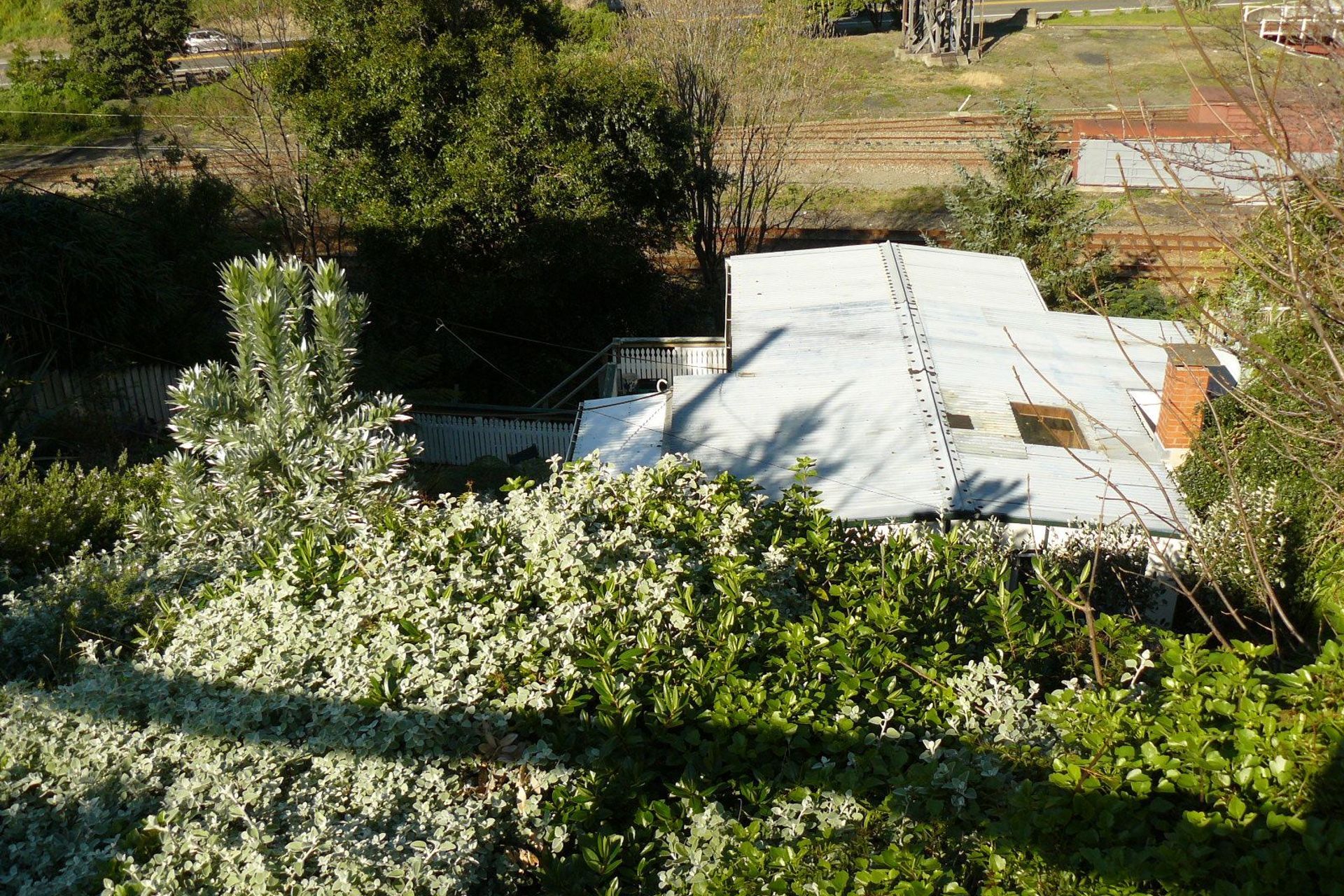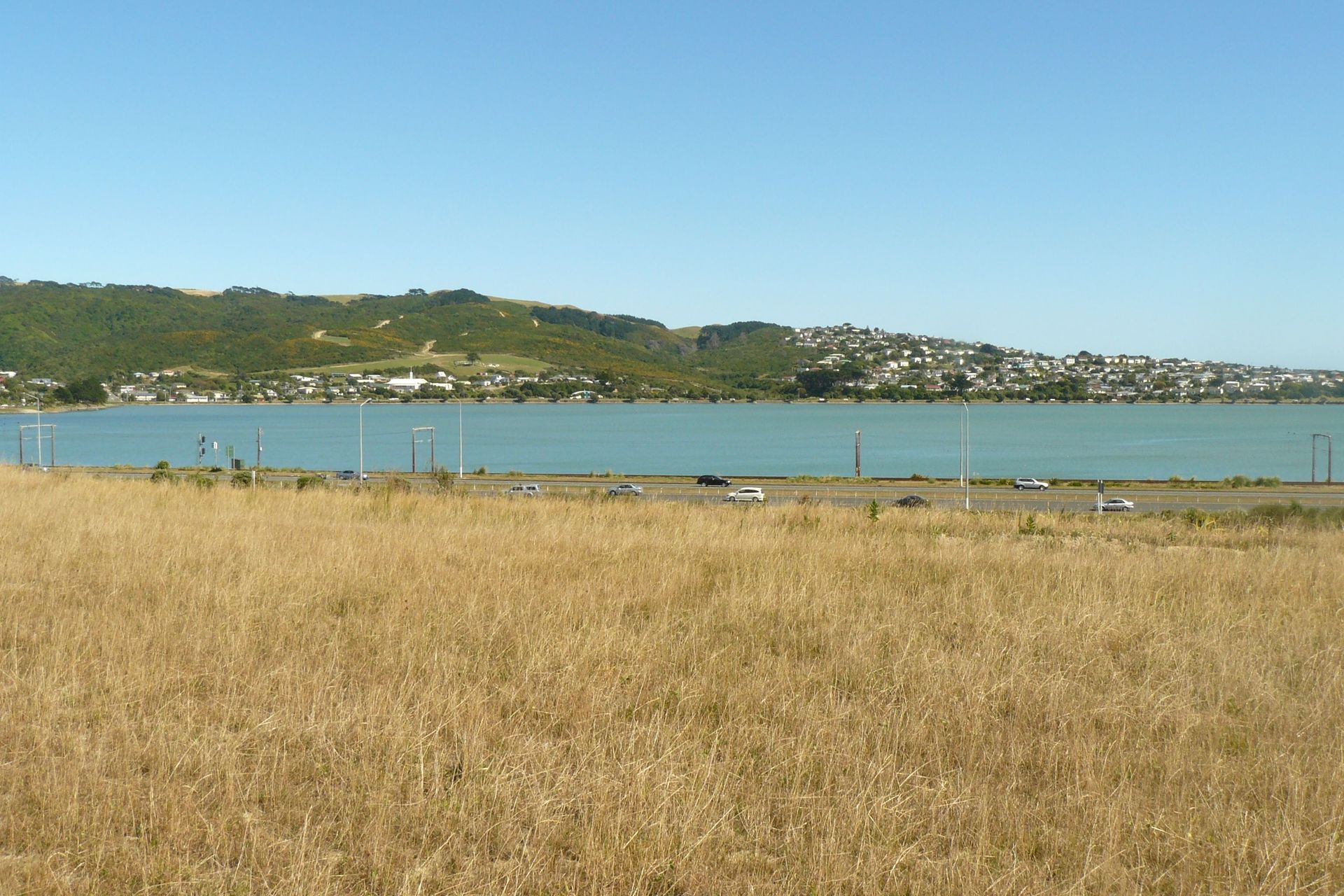What should I look for in a sustainable building site?
Written by
12 August 2018
•
4 min read

When buying a piece of land to build on, it’s important to remember there’s usually more to the story than what’s been advertised.
‘Amazing motorway access’, for example, may also mean excessive noise, air and light pollution, while ‘breezy hilltop hideaway’ could be code for ‘you’re going to spend a fortune on extra bracing and special detailing.’
Don Jamieson, Director or Don Jamieson Architecture in Wellington, has extensive experience helping his clients look past the most glaring aspects of a site and understand how certain features will affect the cost of the build and long-range sustainability of the home.
How location affects building costs and sustainability
“We find a lot of clients who are aware of value in terms of location or access to a particular community. They’re looking out for proximity to chosen schools, shops, transport, things like that. Often, however, they don’t look out for the aspects that affect sustainability, particularly in terms of solar access and how that impacts the house,” explains Don.
But while it is important to live in the right area, it’s important not to lose sight of the ‘big picture’ in terms of what a chosen section will be like to live and build on.

GOOD SUN
One of the most critical environmental aspects, according to Don, is good sun.
“The main thing we’re looking for is access to the sun. An ideal site will be facing to the north so the long side of the home can be orientated east-west, allowing most rooms to get the best sun year-round. This, of course, helps create a warm, healthy environment that’s less expensive to run. Plus, the option of installing solar panels will be a lot simpler.”
Don Jamieson Architecture can prepare a sun study for a site that identifies times during the year when the site will be shaded by nearby hills, trees or buildings. This assists in positioning a house or even with the decision to buy a section or not.
WIND
“Wind also has a large effect on construction detailing and cost. More wind, of course, means more bracing, bigger flashings, and other detailing that adds cost to the build. You’ll also need to design outdoor spaces for protection.”
In addition to augmenting your building costs, wind may even impact your home and landscape design. In very high wind zones, for example, you and your designer may choose to alter the height of the structure or pitch of the roof to reduce the wind effects. Consulting with your chosen architect or designer is essential, therefore, as they’ll be able to flag if a Wind Zone will complicate the home you have in mind.
Choosing the right section is about striking a proper balance. This is definitely the case in terms of wind and a great view. “People often aim for the place with the best view,” says Don, “which is also usually where the wind is highest. We always try to counsel clients to position their home on a section that can appreciate the view, without necessarily living in the middle of it.

CORROSION
Coastal sections may also affect your build, particularly if you buy land in in a high corrosion or sea-spray zone. When building near the sea, your materials may be limited and you’ll also need to be mindful of the long-term maintenance costs of the home.
What to look for in a section
So, what exactly should you look out for in a chosen section? Naturally, most people will be drawn to locations that suit their lifestyle. But while access to amenities is important, Don warns not to be blinded by it. Equally important is evaluating general aspects of a site - things like sunlight, a view, wooded areas and other natural features. If key aspects don’t exist on a section, continue looking.
“It’s important to consider what a place will truly be like to live in. Look out for all possibilities, including the risk of over-shading and runoff from flood waters.”
Don Jamieson Architecture encourages clients to ask themselves the following when selecting a section:
- Will a home here suit my desire to live a more sustainable lifestyle?
- Will this be a healthy home to live in?
- Will building a home here be an expensive mistake?
“We’ve designed a checklist for home health and sustainability to help our clients work out their priorities in terms of location, access and land.” Check out this helpful resource here.
Want to learn more about the site selection process? Reach out to Don and his team today and be sure to scope out their latest sustainable projects on ArchiPro.
